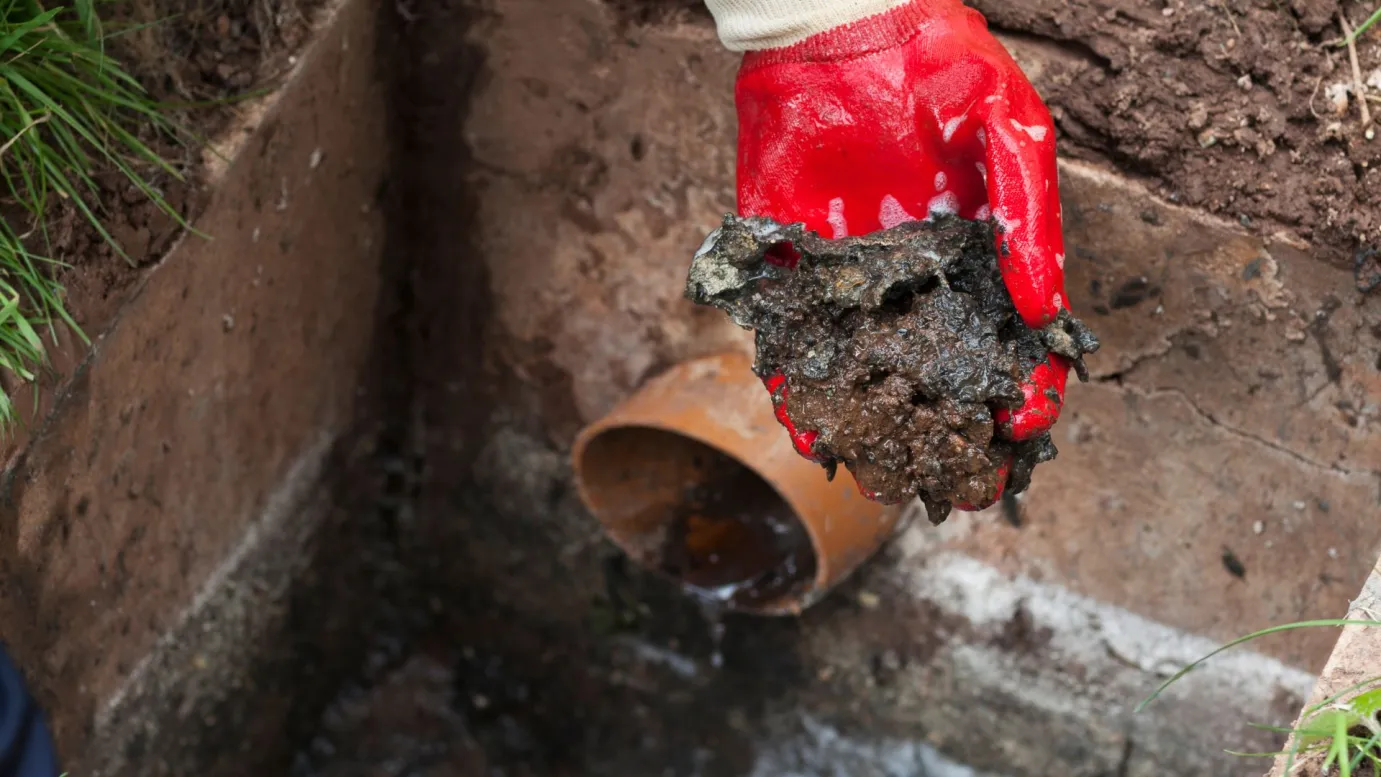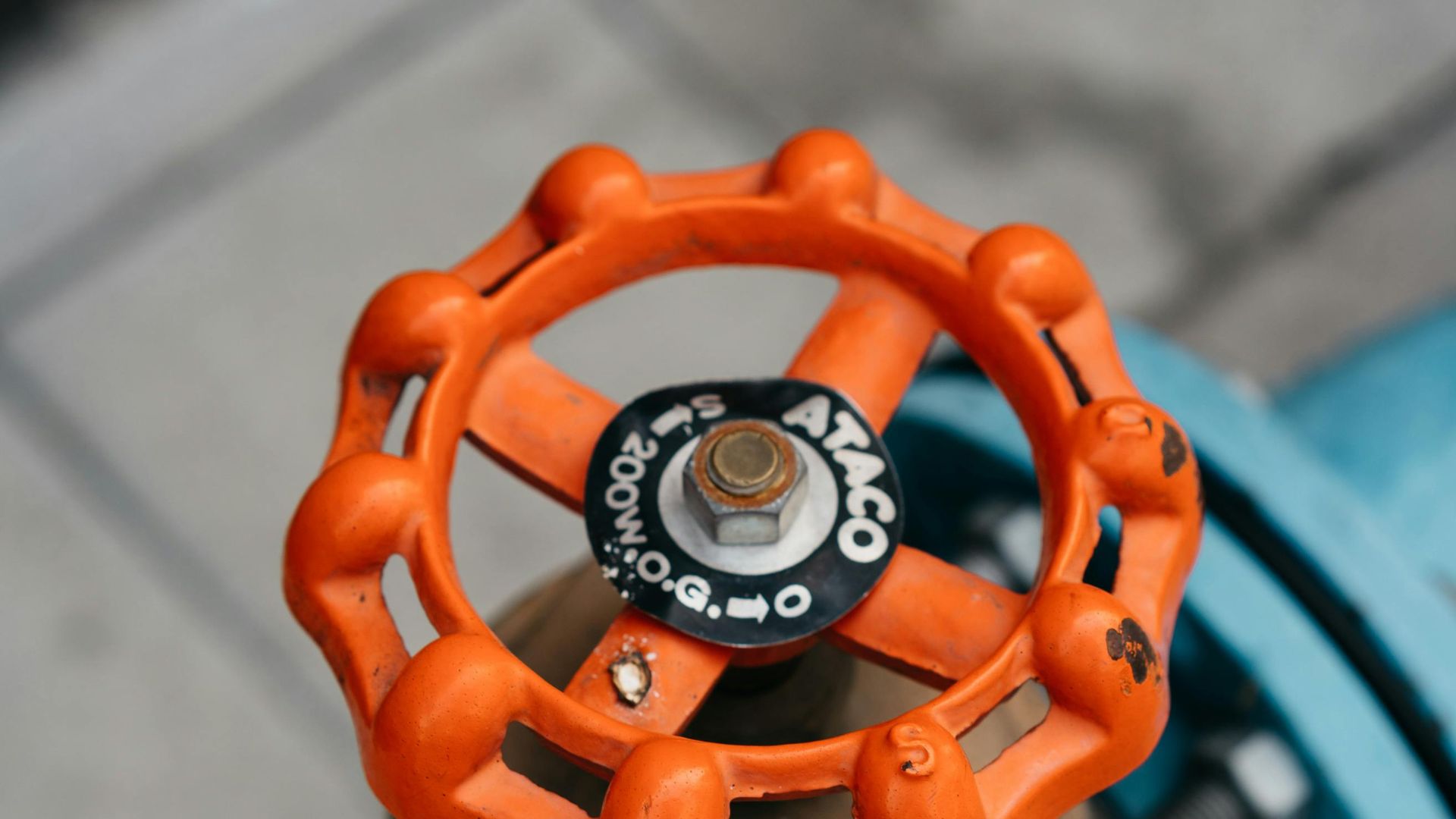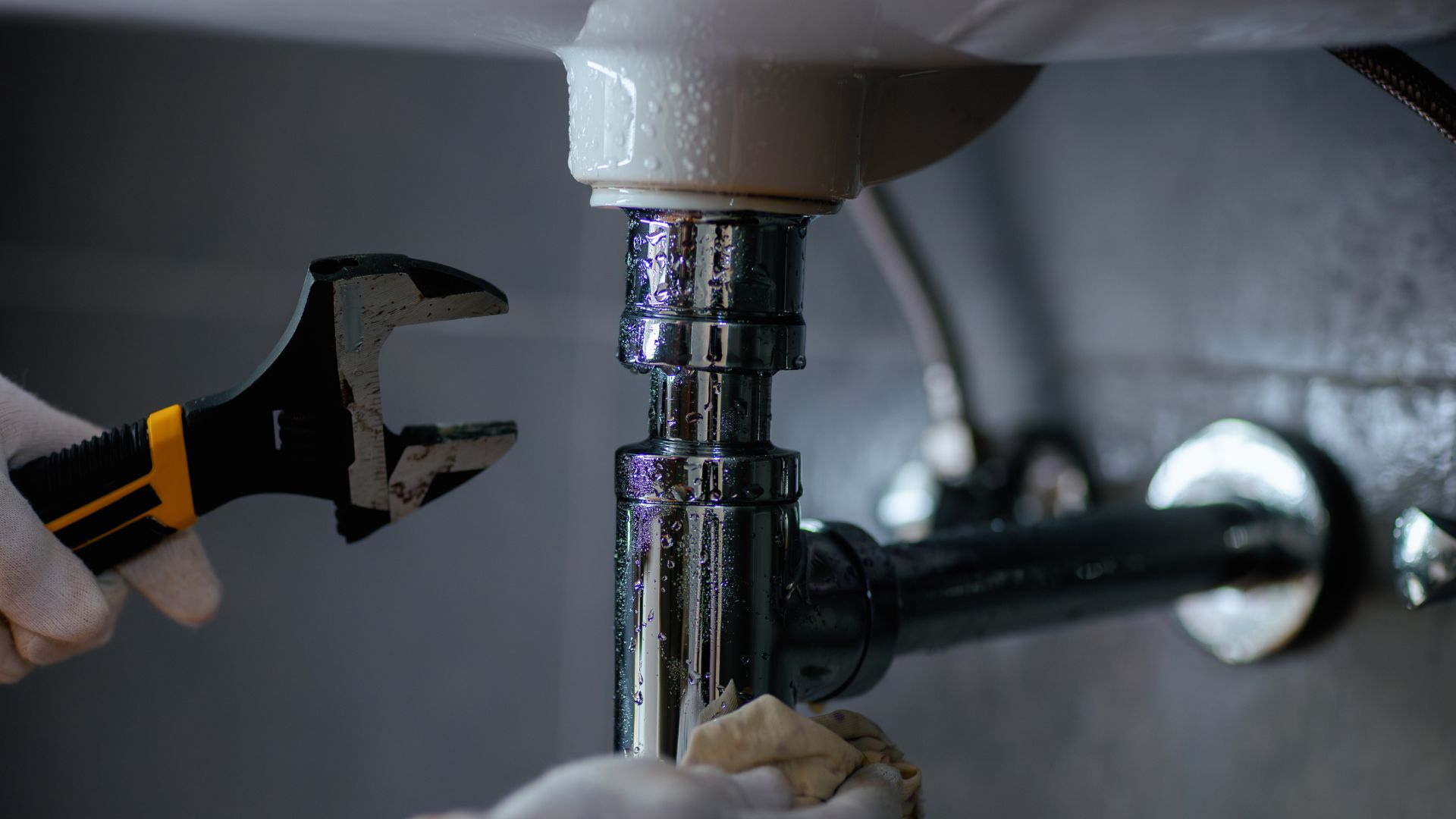Do you often have to start the day with a feeble shower?
Or wash the pile of dishes in the kitchen sink with a trickling faucet? We understand how frustrating the effects of low water pressure can be.
If you suddenly have no water pressure in the entire house, that could be caused by a glitch in the water supply system. But if it only involves the entire bathroom and not the whole house, there may be a problem with only one fixture.
Neglecting these fixtures can make matters worse and may lead to significant plumbing damage. If you spot any low water pressure in parts of your house, it’s crucial to address it promptly.
But then again, how will you proceed? How do you identify the real issue? Don’t worry; we’ve compiled this detailed guide to answer all your queries.
So, without further ado, let’s get straight to the deets.
Causes Of Low Water Pressure
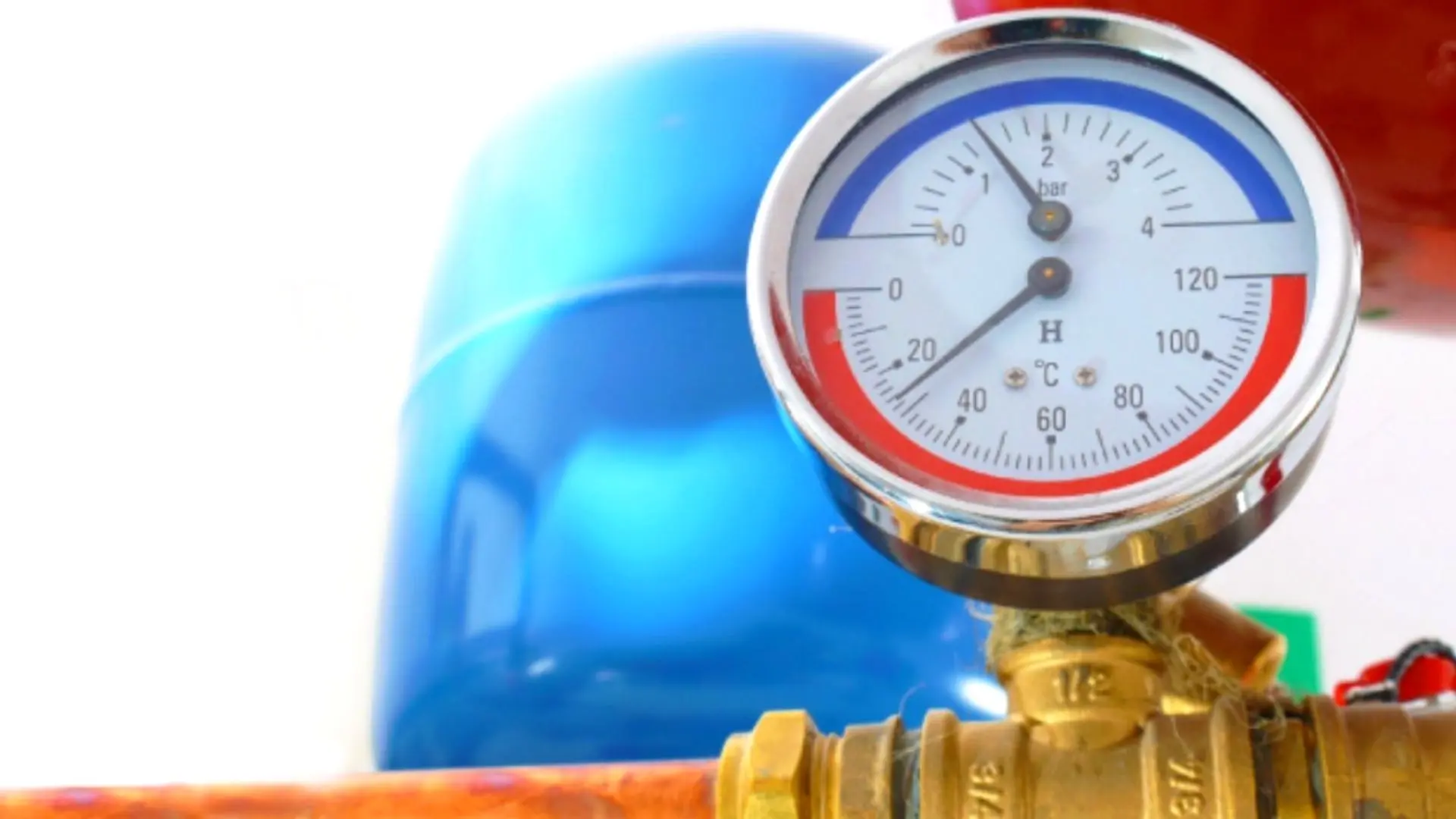
Test if you have a problem with your water pressure using a water pressure gauge. Several plumbing issues in your home can lead to a sudden drop in water pressure. While some might be specific to a smaller area, such as the bathroom, the problem might originate from the central plumbing system.
That said, here are the five most common issues that can reduce water pressure around the house:
- Faulty plumbing fixture(s) or water fixtures
- Blocked/leaking water supply pipes
- Damaged pipe due to pipe corrosion
- A partially closed main shutoff valve
- Faulty water heater
- Faulty Pressure Reducing Valve (PRV) or pressure regulator
Now, you’ll have to figure out the issue plaguing your home and tackle it accordingly.
5 Things To Do When You Suddenly Lose Water Pressure
Now that you know the possible causes of low water pressure, there are a few tips to deal with them:
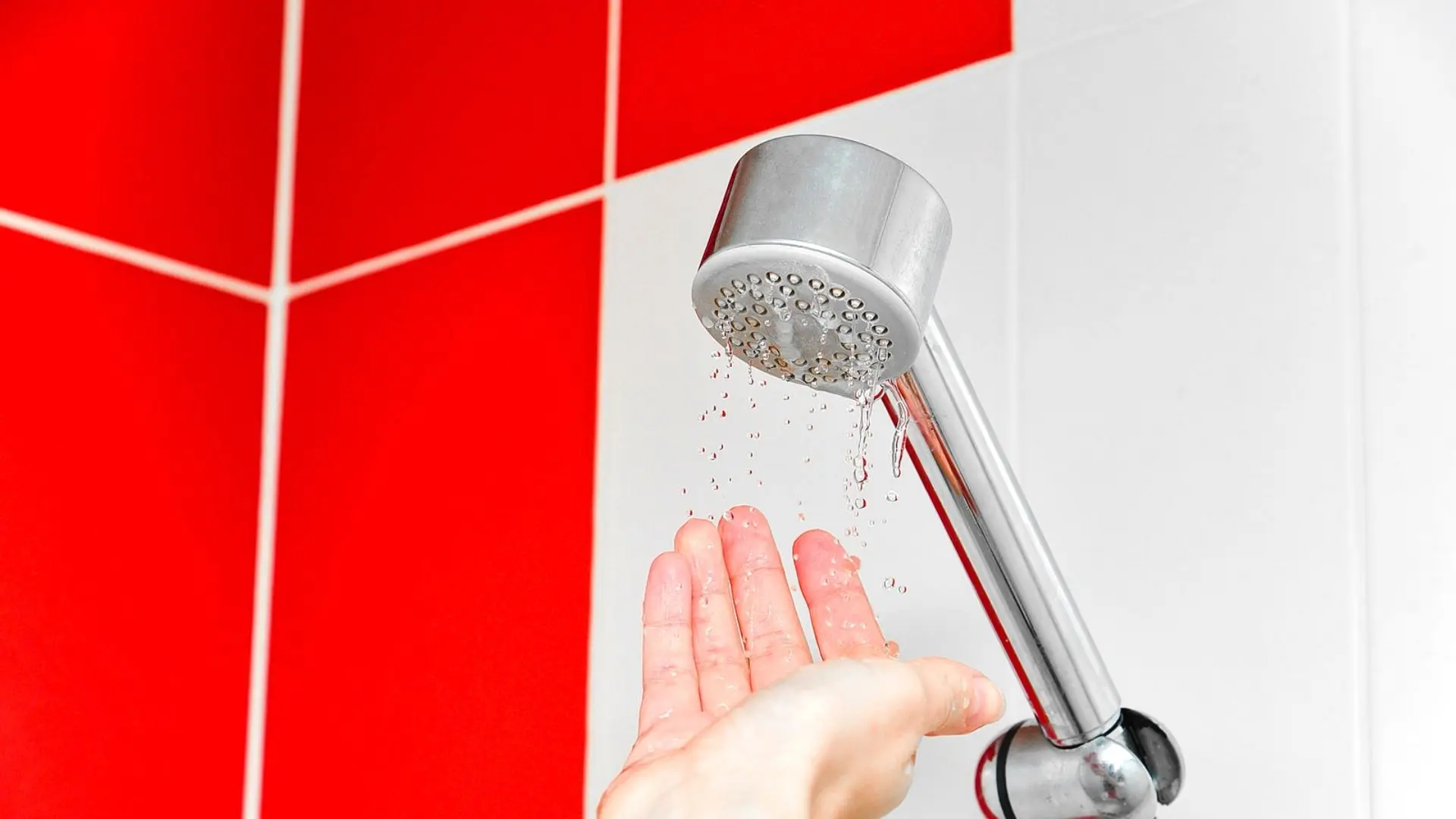
1. Clean or Replace The Fixtures
Are you noticing the problem only in a particular plumbing faucet or fixture? In that case, your home’s water pressure needs immediate attention.
Over time, fixtures like aerators can collect scale deposits, which may block normal water flow. An aerator is a small mesh screen at the faucet’s opening, designed to break water into several streams.
Scale deposits are caused by the minerals present in the water and might eventually break off. The build-up may then block the water supply. So, you’ll need to inspect such fixtures for scale deposits and remove them wherever necessary. The next step would be to test the water pressure to see any improvement.
If the issue persists, that could mean the fixture itself is faulty. In the case of faucets, the fault may lie in the cartridge that regulates the flow of water. It can either get blocked due to excessive mineral build-up or turn defective with age.
As such, you’ll have to replace the cartridge or the faucet if it isn’t available. Replacing the cartridge will require disassembling and reassembling the faucet, which you might choose to complete yourself or hire a plumber.
2. Get The Water Supply Pipes Examined
Do all the plumbing fixtures in your kitchen or bathroom have low water pressure? If you have checked the water shut-off valve and the water meter valve, and the pressure is still low, then it is time to review the faucets and hoses. The problem might lie with one or more water supply pipes.
In older homes, pipelines can suffer from blockages or corrosion from scale deposits. As pipes corrode, chunks of scale or rust can break off and block narrow sections of the pipes.
The damage and the debris build-up block water flow. In such cases, you may have to replace the pipe.
Otherwise, a pipe leak might cause water to divert from the fixtures, ultimately reducing water pressure. To solve such an issue, you’ll need pipe leakage repair.
Either way, you’ll have to hire a plumber to examine the plumbing pipes, identify whether there are water leaks or corroded pipes, and address them accordingly. After all, pipe replacement and intensive repairs are skilled jobs that are best left to professionals.
3. Check The Main Shut-Off Valve
Your main shut-off valve manages your water flow around the house. If it’s accidentally bumped and partially closed, you’ll notice a drop in normal water pressure. You’ll need to find the valve to see if it’s partially shut. Most of these valves are found in basements or storage spaces. For homes with multiple water meters or local water supply issues, it might be wise to call a local plumber for help finding the main valve.
After you’ve found the valve, check whether the handle is entirely parallel to the pipe where it’s fixed. If the handle is not appropriately aligned, you may face decreased water flow running through your home’s appliances and faucets. This may affect not just the shower head, but potentially only one tap as well—making it tricky to isolate the root cause.
If your copper pipes are old, corroded plumbing or mineral deposits may be contributing to pressure issues. These problems can also lead to leaking pipes or even a burst pipe, especially if left unchecked. In such cases, contacting a professional plumber or reliable plumbing company is your safest bet.
4. Get The Water Heater Serviced
If you’re experiencing reduced water pressure levels only with the home water heater and not your cold water supply, it indicates an issue with the appliance. Hot water low pressure can be due to a greater demand for hot water at one time than can be supplied by your hot water system. All the faucets connected to the heater will dispense hot water with low pressure. The best way out of this issue is to contact a qualified plumber for assistance.
Also, remember to get the appliance regularly serviced by a trained technician. Keeping your water heater in tip-top condition is the best preventative measure for such issues and others.
5. Get The PRV Examined
Your main shut-off valve manages your water flow around the house. If it’s accidentally bumped and partially closed, you’ll notice a drop in normal water pressure. You’ll need to find the valve to see if it’s partially shut. Most of these valves are found in basements or storage spaces. For homes with multiple water meters or local water supply issues, it might be wise to call a local plumber for help finding the main valve.
After you’ve found the valve, check whether the handle is entirely parallel to the pipe where it’s fixed. If the handle is not appropriately aligned, you may face decreased water flow running through your home’s appliances and faucets. This may affect not just the shower head, but potentially only one tap as well—making it tricky to isolate the root cause.
If your copper pipes are old, corroded plumbing or mineral deposits may be contributing to pressure issues. These problems can also lead to leaking pipes or even a burst pipe, especially if left unchecked. In such cases, contacting a professional plumber or reliable plumbing company is your safest bet.
How To Deal With Low Water Pressure
These are just some ways to handle low water pressure at home. Hopefully, you’ll be ready to respond if it happens again. If you’re unsure, contact our team; we’re here to help.
But before we sign off, here’s one last tip: ask your neighbours if they face similar water pressure problems. If the problem is not isolated to a single room, there’s likely an issue with the municipal water supply. Also, maintenance activities on the local water supply system may lead to a drop in water pressure.
In such situations, you should consider reaching out to the municipal authority. Ensure they know the issue and stay updated on their steps to resolve it.
It’s time to bid goodbye, but we’ll return with more informative guides soon. So, stay tuned!

